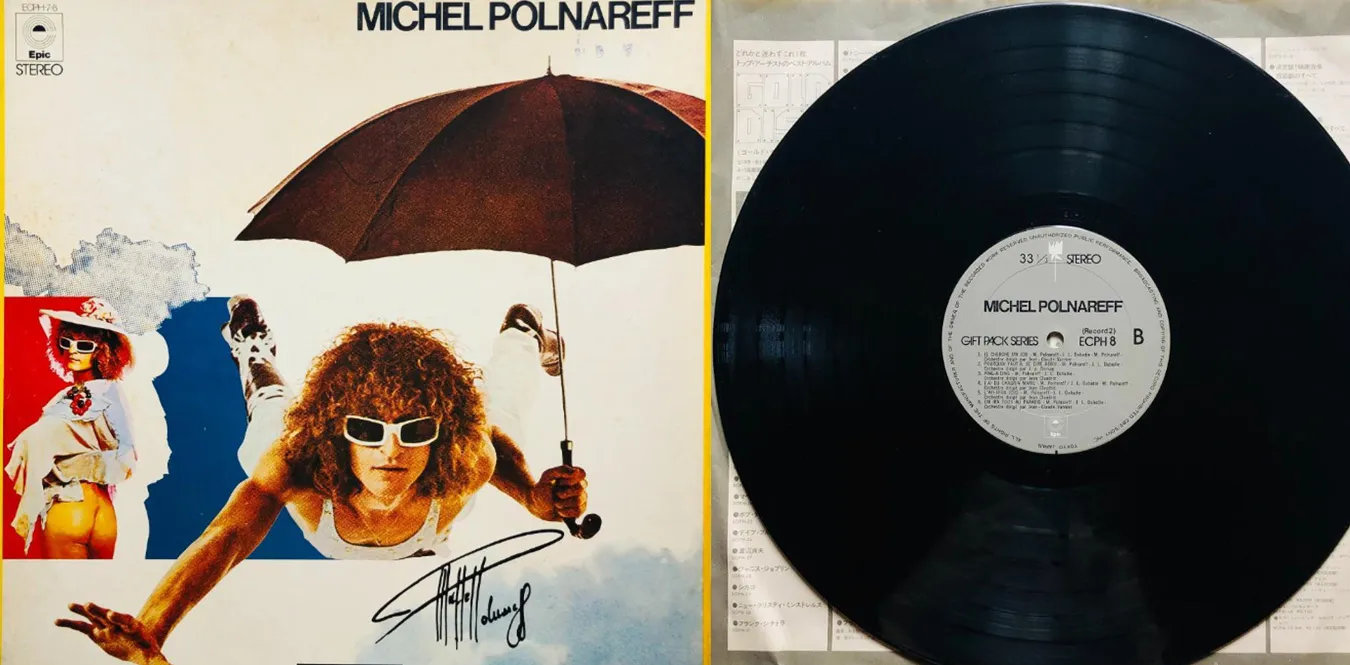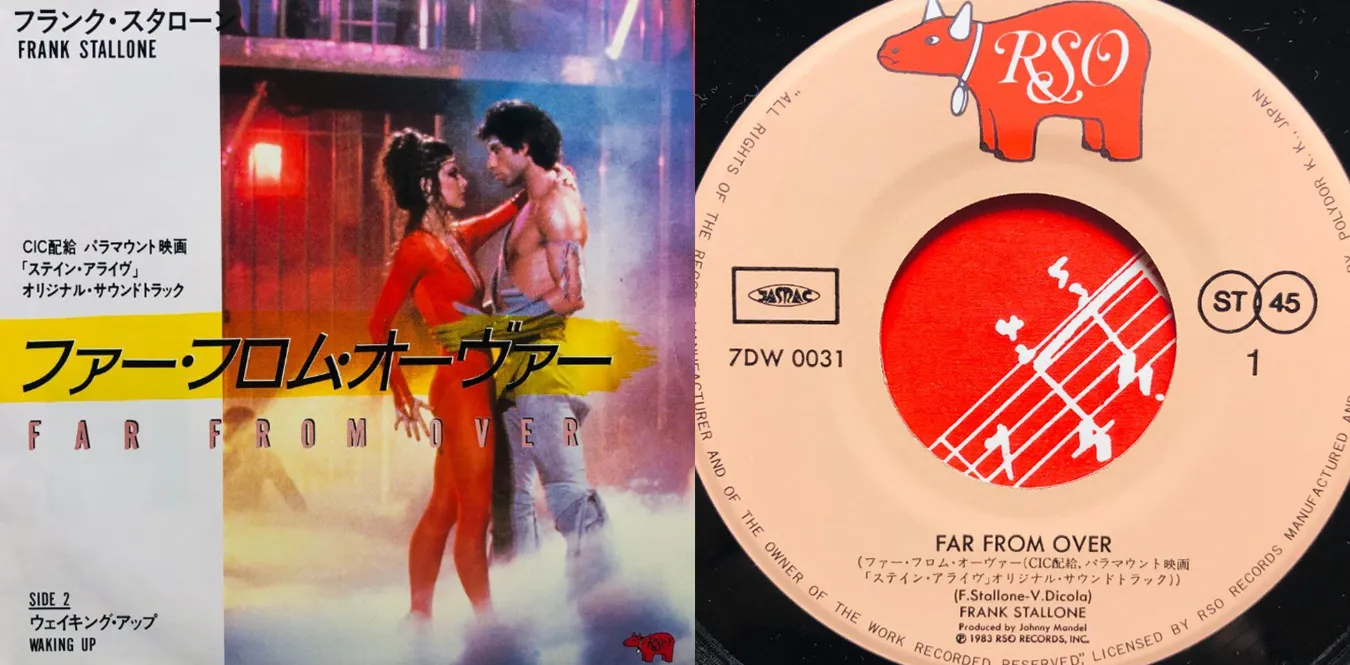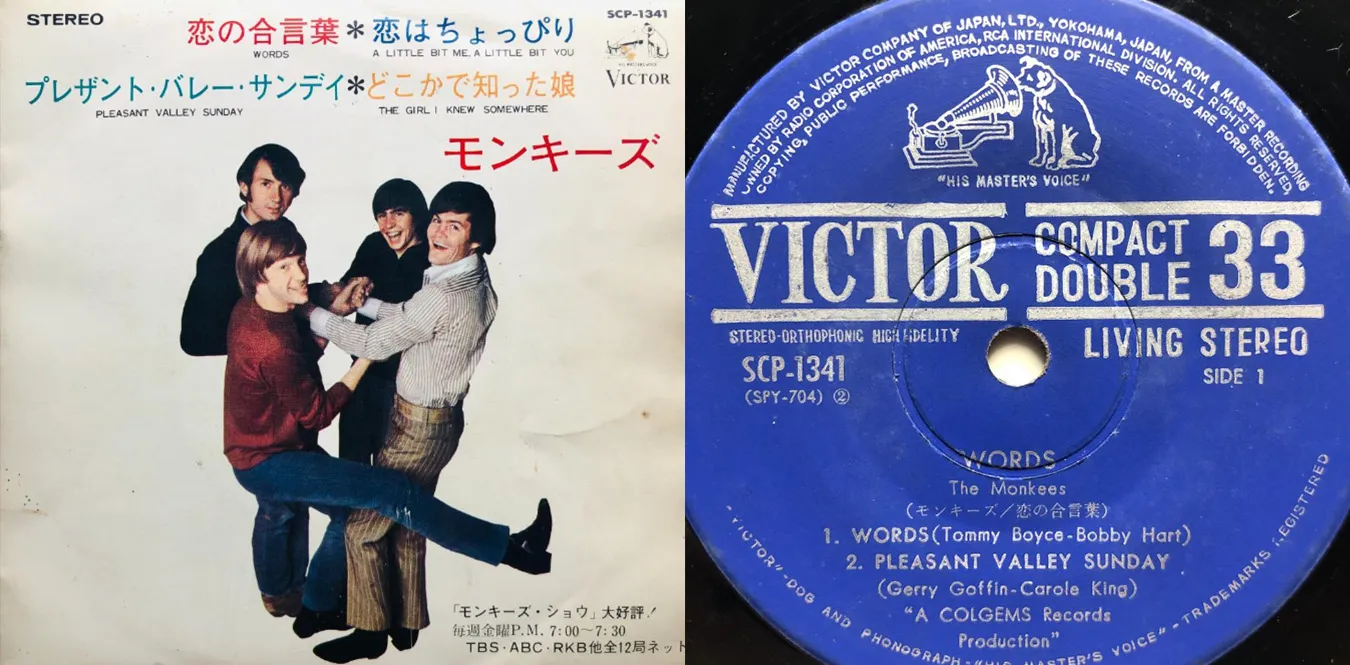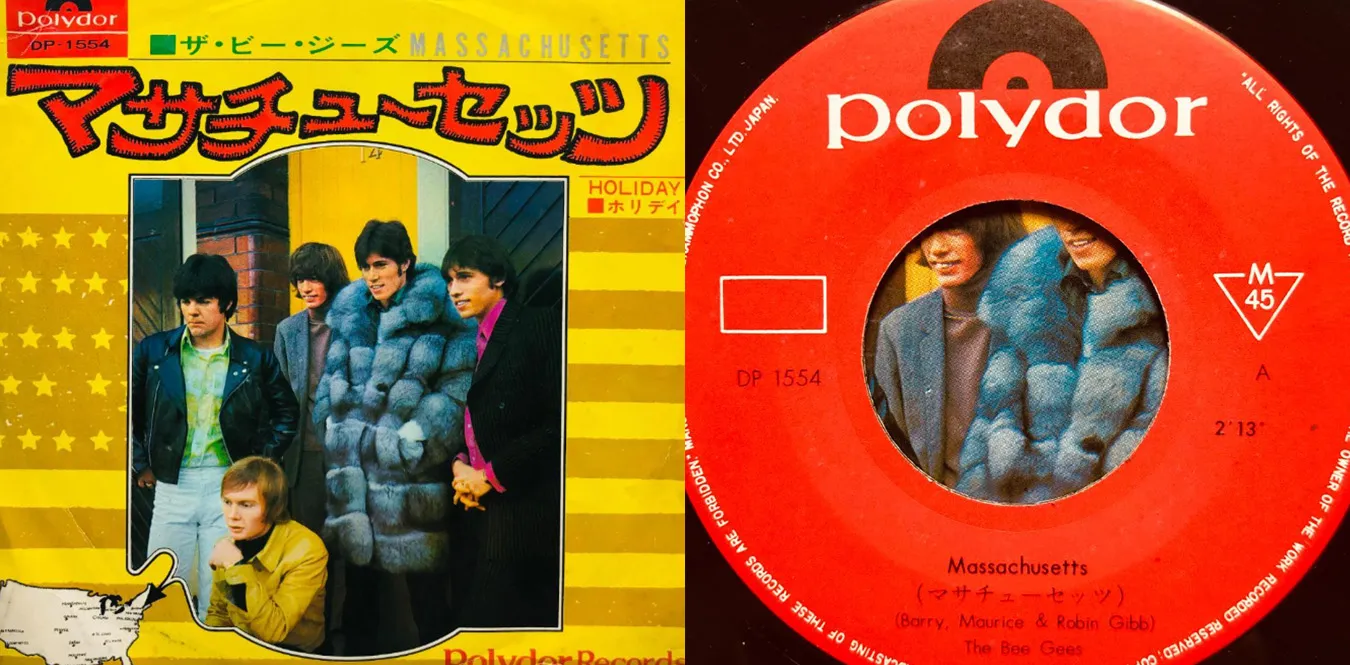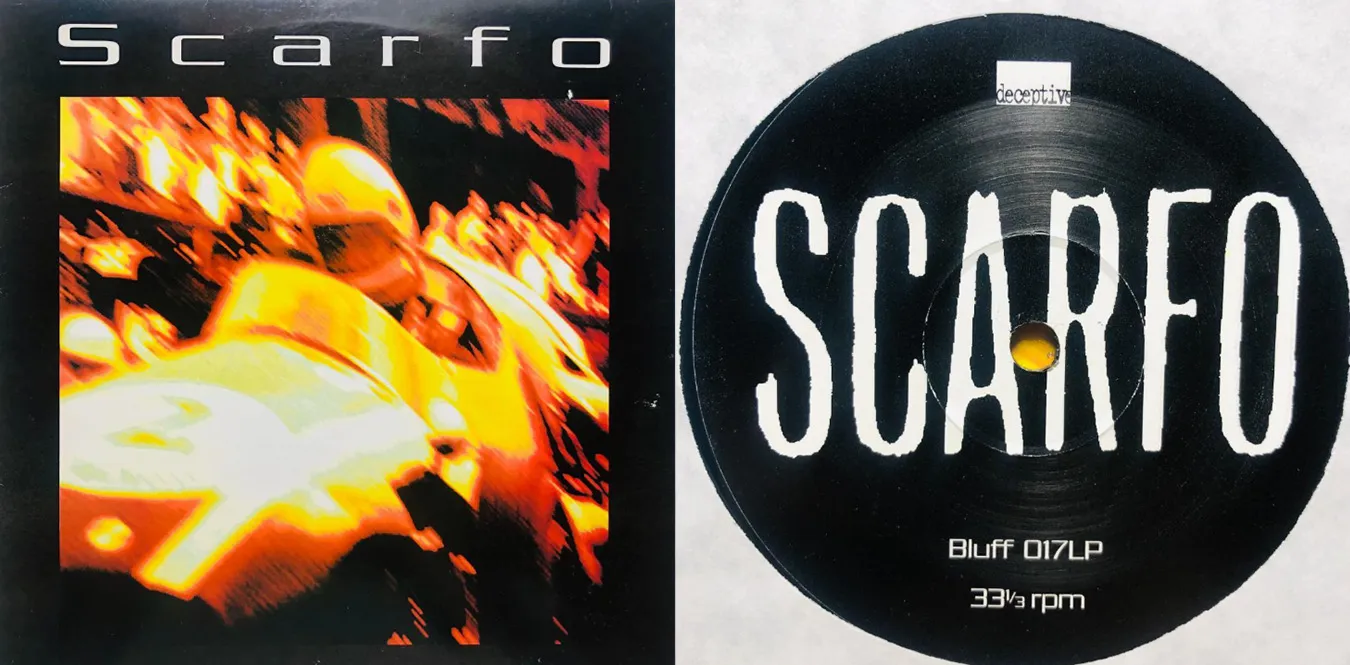[Column] The era of music without boundaries: AI, nostalgia, and "sound for the occasion"
Column en Ai Hiphop Pops Rock![[Column] The era of music without boundaries: AI, nostalgia, and](/../assets/images/column-ai-music-humanity.webp)
Prologue: An era when music is listened to in “context”
| Text: mmr | Theme: An era where AI creates music and humans reinterpret it. In a creative environment dominated by generative AI, where does “humanity” reside? Cultural considerations regarding the reconstruction of music and sensibilities in the post-AI era |
Music in 2025 will no longer be talked about in terms of “genre.” The listening experience on Spotify and Apple Music is being reorganized to fit the mood, time, and occasion, going beyond the categories of “rock,” “hip-hop,” and “electronica.”
"”Listening on a rainy day,” ““Track at 2 a.m.” and ““A morning spent with coffee.” These list titles indicate a new value: ““context over genre.” Music is talked about not in terms of what it’s made of, but in terms of how it resonates/fits situations.
At the heart of this change are AI, nostalgia, and the listener’s own “memory.”
Chapter 1: “Democratization of composition” brought about by AI and the value of “human context”
AI music generation tools - Suno, Udio, AIVA, Stable Audio. In the field of 2025, these will dissolve the boundaries between professionals and amateurs. ““Creating” music is no longer a specialized skill, but has become ““giving form to ideas.”
AI “makes sounds”, humans “choose meanings”
For example, electronica artist Arca uses AI sound as a material and combines it with his own real voice. What she does is ““context design that asks why you should choose one out of the countless possibilities created by AI.’’ Similarly, James Blake from the UK created an album [Playing Robots Into Heaven (2024)] (https://amzn.to/3L1hE6D) with the theme of “human fragility” while treating AI as a “co-author.”
What these examples show is that AI is becoming less of a ““creator of sound” and more of a ““mirror that highlights what people choose.” Precisely because the tools are open to everyone, what is being questioned is the individual’s contextual power = the meaning of choice.
Chapter 2: Nostalgia and sound images surrounding “the future of the past”
The “2000s throwback” is causing big waves in the music scene, especially on TikTok. Songs from Avril Lavigne and The Killers are going viral again, and at the same time young artists are reinventing the “Y2K aesthetic.”
Recycling and reinventing 2000s sounds
In the United States, Chappell Roan broke through with “Midwest Princess” (2024), which combined 2000s pop sensibilities with queer expression. In Japan, Wednesday Campanella is reconstructing the lightness of ’00s J-Pop with an AI-like beat feel.
These ““retro-futuristic” music function between ““nostalgia” and ““current irony.’’ In other words, we are re-enacting the ““future of those days”’ using today”s technology and sensibilities.
Towards “Nostalgia that does not imitate oldness”
What is important here is the attitude of ““re-editing rather than imitation.’’ As exemplified by playlists such as ““Retro-Future Pop” and ““Y2K Wave” on Spotify, current nostalgia brings the ““sound texture” to the past, but the ““production context” is modern. For example, Charli XCX’s ““BRAT’’ (2024) samples 90s club culture while also exploring the theme of post-internet self-consciousness. Her “method of turning past sounds into material” can be said to be sampling the history of music itself.
Chapter 3: Local music overrides global context
The speed at which music crosses borders has changed dramatically in the age of social media. At the heart of this is a wave of local origins such as Afrobeats, Amapiano, Latin Trap, K-pop, and a reappraisal of City Pop.
Afrobeats and Amapiano: Mainstream sounds from the South
Nigerian artists Burna Boy and Rema are topping the world charts, and Amapiano’s beats are cited by producers in Los Angeles and London. The center of gravity of pop rhythms, which used to be centered around Western Europe, is now shifting to southern hemisphere grooves. The tempo is slow, the kick is deep, the bass is organic - “stillness for dancing” has become a new form of pleasure.
City Pop Re-evaluation: Reimported from the East
After the Japanese song [Mariya Takeuchi “Plastic Love”] (https://amzn.to/3J6YPhZ) became viral again overseas, City Pop was reorganized globally as “Asian Nostalgia.” As of 2025, young artists from Thailand, Indonesia, and South Korea are re-creating the “Oriental Dream” by quoting City Pop-style chord progressions and textures. The center of global pop is not just Los Angeles, but has expanded to Bangkok, Seoul, and Tokyo.
Chapter 4: Live performances and fandom as “participatory music”
The concept of live music is also in the midst of change. The culture of live streaming, which has spread due to the coronavirus pandemic, has not ended, and is now changing into a new, regular form called “hybrid live.”
From Metaverse to “Augmented Reality”
Travis Scott’s ““Utopia Experience” in 2024 combined a real venue and AR projection to create a ““live experience that the audience can experience spatially.” In Japan, Perfume also incorporated AR production to show fans an “alternate reality stage” through their smartphones. The value of a live performance has shifted to how much you can design the ““memories of the place” and ““shared moments.”
Community in the Fan Direct era
A fan-direct ecosystem using Patreon, Bandcamp, and Discord is maturing. For example, Grimes has officially opened up her AI voice and allowed fans to “make songs with her voice.” This shift from “listening” to “participating” transforms music into a “community experience.”
Chapter 5: Sound Trends - Coexistence of stillness and density
Sound trends themselves are also changing. The characteristic of 2025 is the coexistence of stillness (Minimal) and density (Maximal).
“Quiet club” and “introspective electronica”
The popularity of ““slow grooves” such as Afro House and Amapiano symbolizes an era in which dancing can also become ““introspection”. In clubs in Berlin and Seoul, sets of 100 to 110 BPM are becoming the norm, creating a space where you can “think while dancing.” In Japan, food festivals a.k.a foodman and yahyel are exploring “quiet club music.”
On the contrary, there is also a movement to master “density”
On the other hand, in the post-hyperpop trend, sounds have become increasingly saturated, fragmented, and noisy. The excessive editing feel of 100 gecs and Dorian Electra is also a play on ““to what extent can we destroy pop?’’ In a world created by AI, “destruction” has become a new form of creativity.
Chapter 6: A new relationship between listeners and musical experience
Today”s listeners don”t “own” music. Rather, they would like to “share time.” Subscription, live, SNS, short video. Music is not consumed as a “thing” but as a “moment in the flow”.
Maturation of playlist culture
On Spotify, ““mood-based playlists” have become mainstream, and it appears that ““music is becoming a part of the background.” However, in reality, because it is a “background”, it is required to “resonate with the environment”. Listeners are looking for ““songs that change the atmosphere,” and artists are creating ““songs that design places.”
Redefining the album format
It is also noteworthy that the album is being reconsidered as a “collection of stories.” For example, Billie Eilish’s ““HIT ME HARD AND SOFT” (2024) prioritized ““a sinking experience throughout the work” rather than the virality of each song. The act of “listening to albums” has paradoxically become a luxurious way to spend time in the streaming era.
Final chapter: Beyond where music has “lost its boundaries”
Never before has music been so diverse, democratized, and diffused. AI helps compose music, nostalgia becomes the material for the future, and the global and local intersect.
This change should not be viewed simply as ““chaos” but as ““the beginning of freedom.” Music has always been a medium that connects people, time, and memories.
What we need now is–
-
It’s not about who makes the sound, but why the sound is made.
-
It”s not about what genre it is, it”s about what kind of moment it creates.
-
How do we update the emotional resonance rather than technological evolution?
The music of 2025 is asking us all that question. And the answer is not AI or algorithms. It quietly exists in ““listening’’.
List of reference artists and works
| Artist | Representative works (year) | Notes | Link |
|---|---|---|---|
| James Blake | Playing Robots Into Heaven (2024) | Collaborative production process with AI | Amazon |
| Charli XCX | BRAT (2024) | Nostalgia + Internet culture fusion | Amazon |
| Chappell Roan | Midwest Princess (2024) | Y2K pop and feminist expression | Amazon |
| Burna Boy | I Told Them… (2023) | Global expansion of Afrobeats | Amazon |
| Billie Eilish | HIT ME HARD AND SOFT (2024) | Reevaluating the “album experience” | Amazon |
| Food Festival a.k.a foodman | Yasuragi Land (2021) | Static club sound from Japan | Amazon |

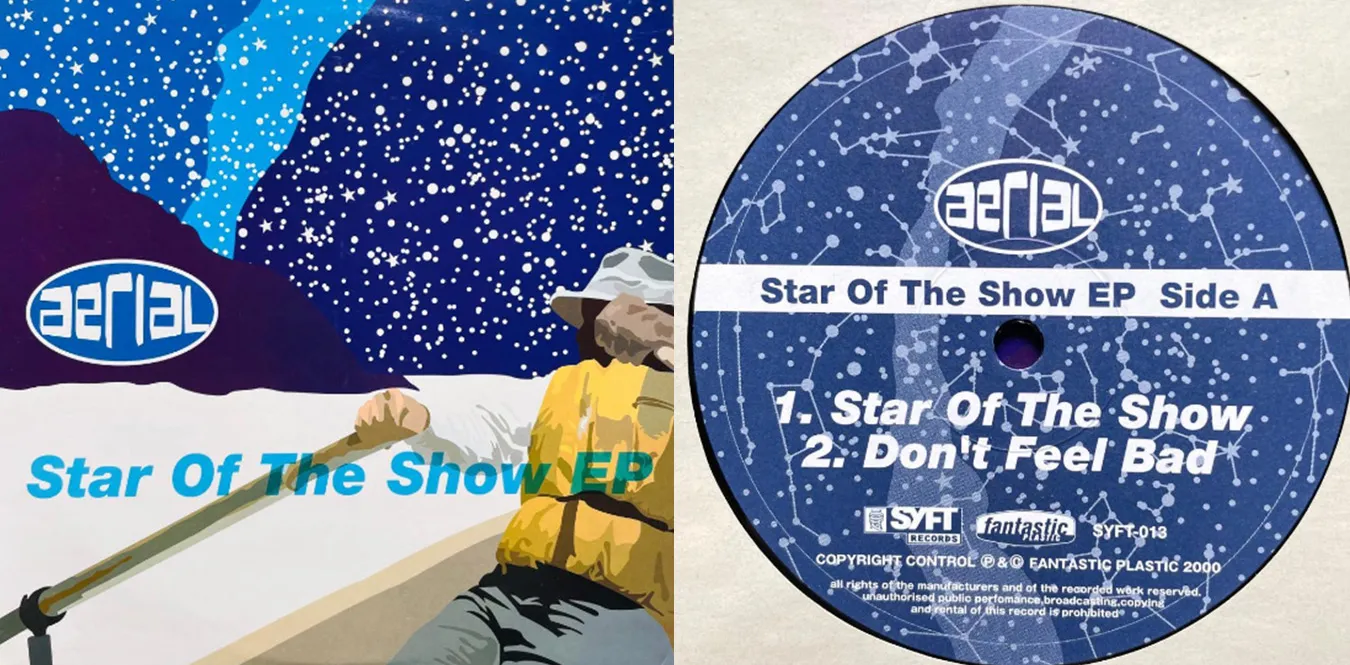
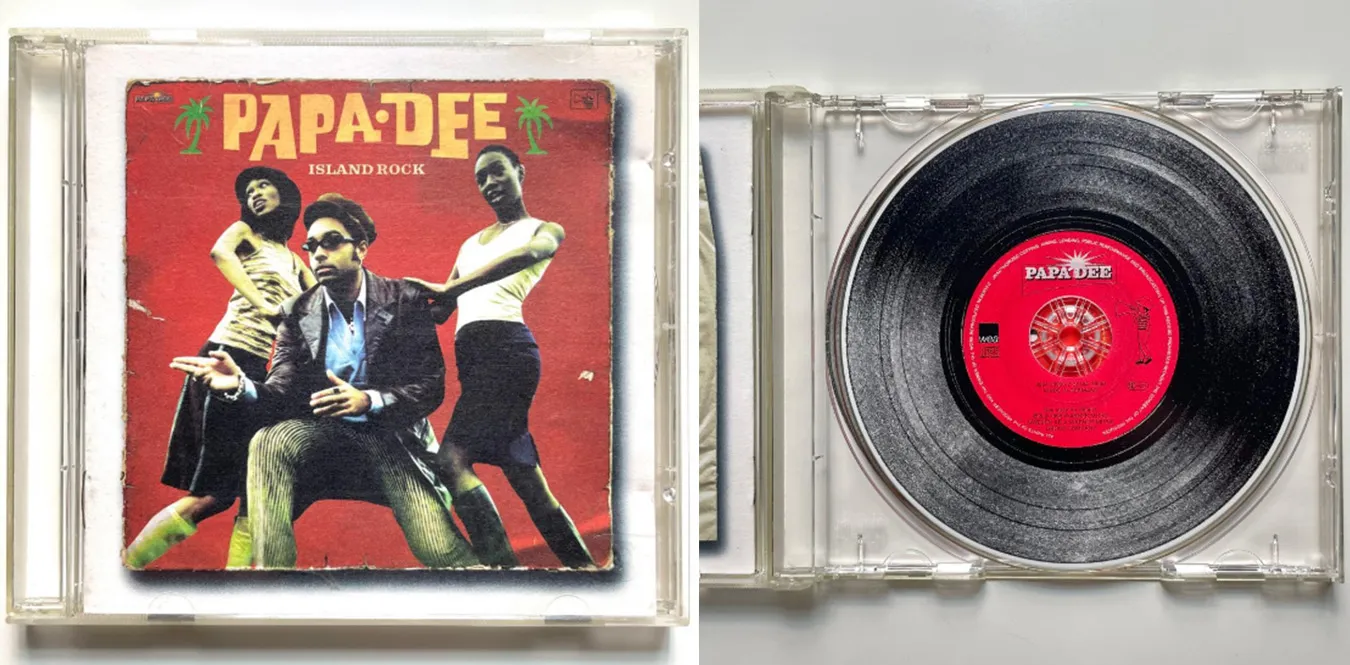
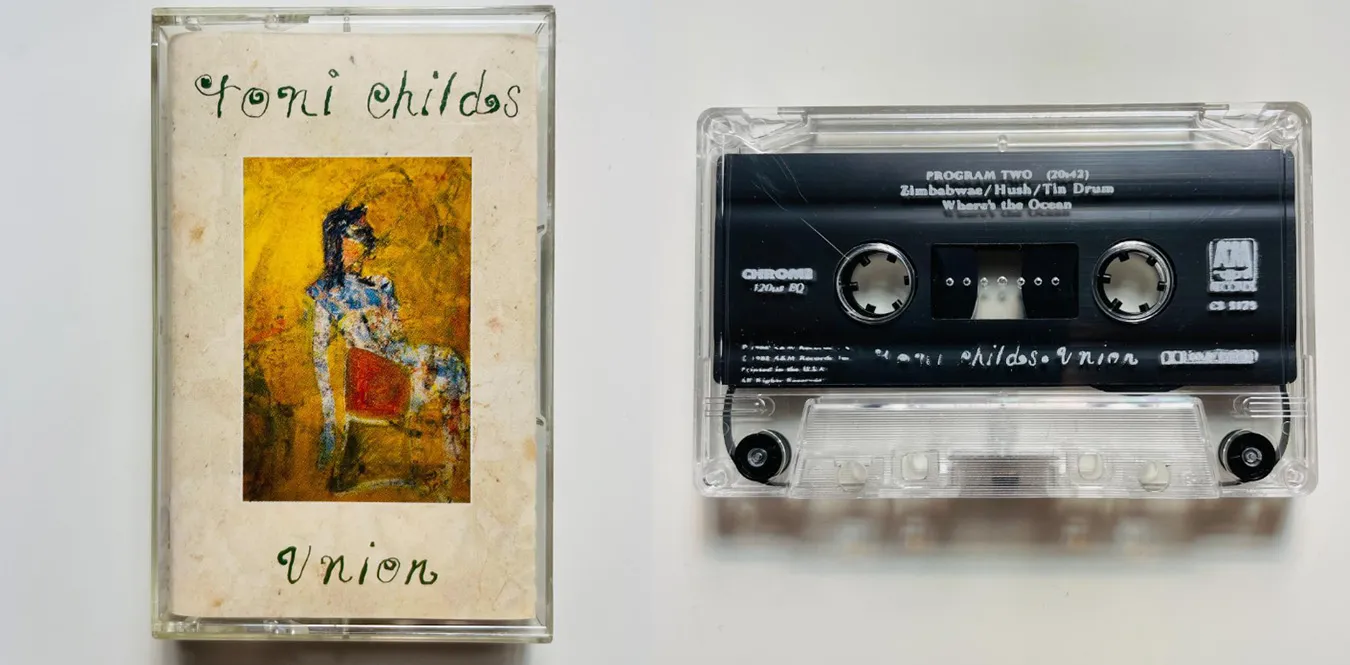
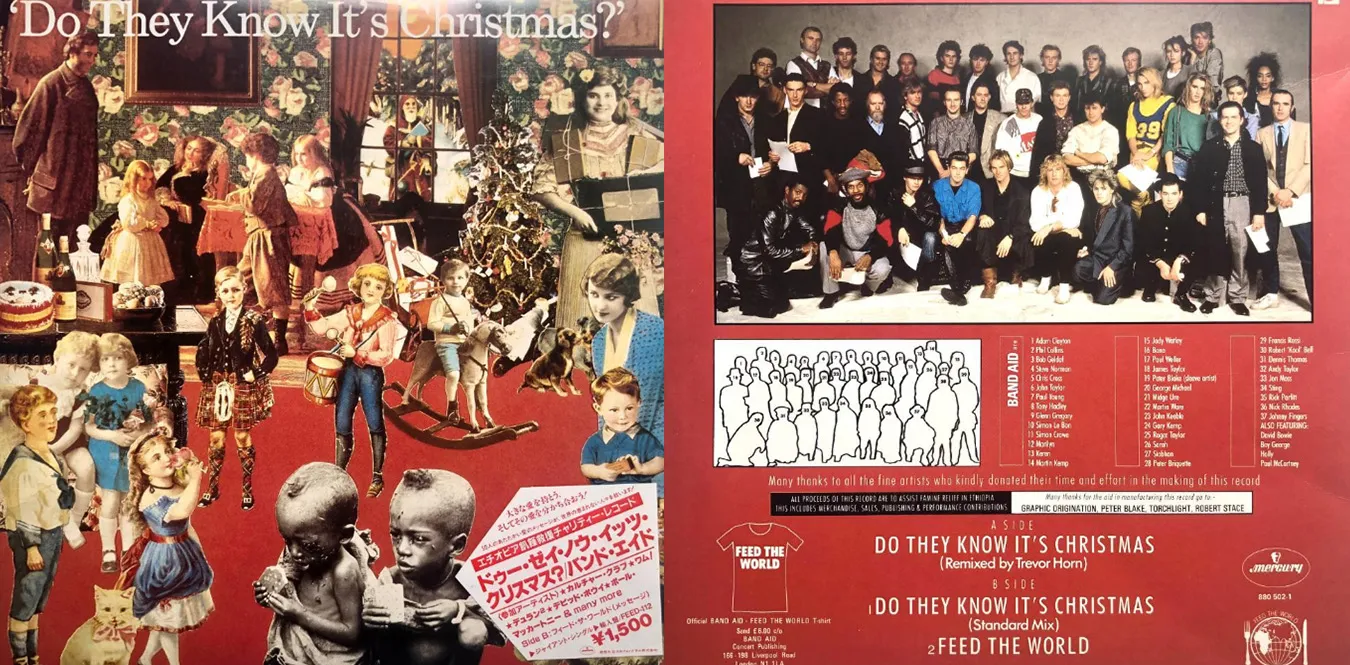
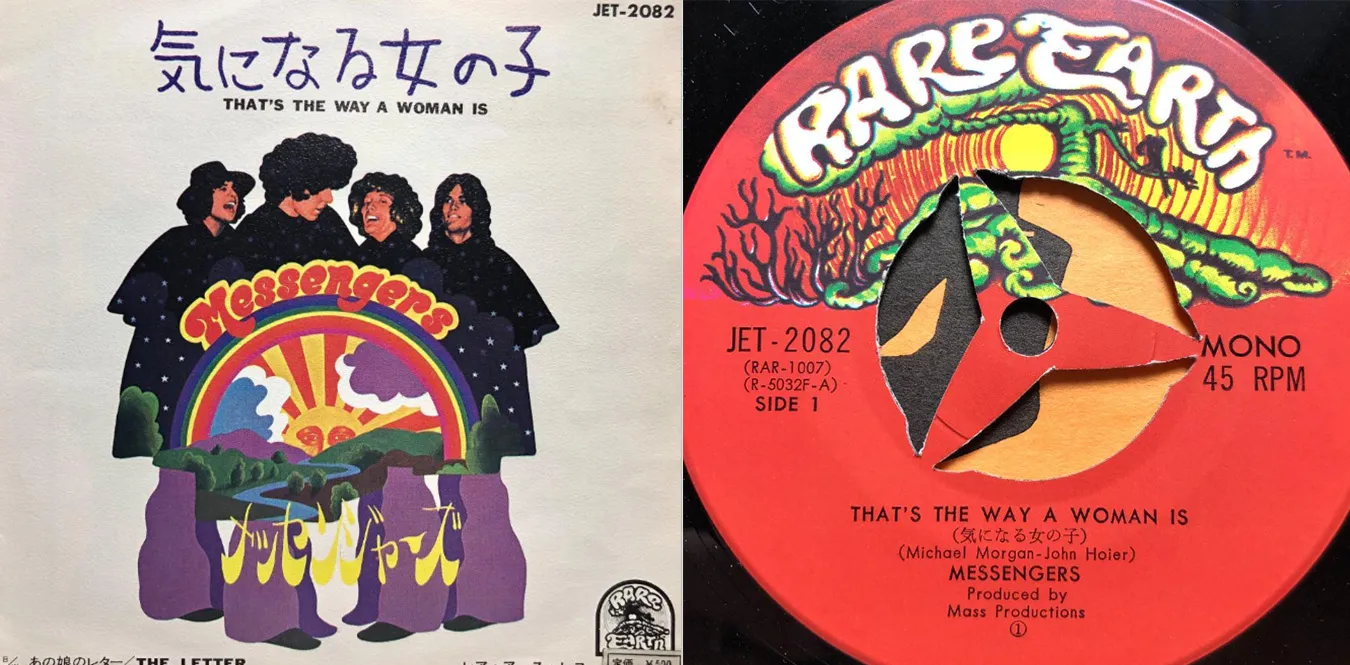
 You Don't Have To Tell Me.webp)

